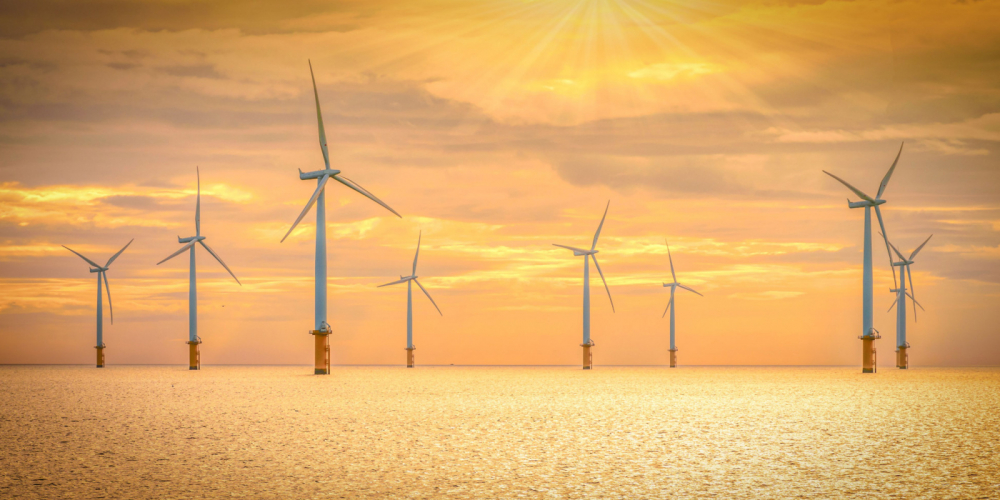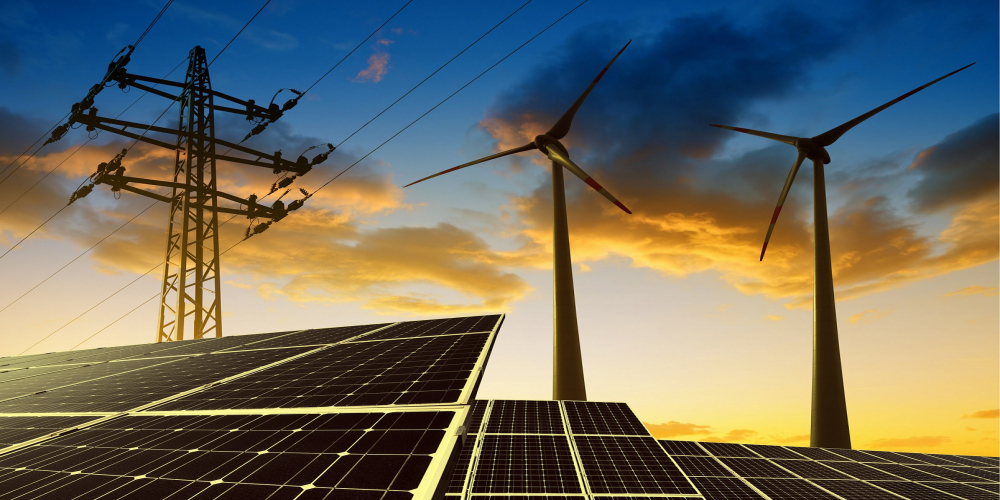Blog
By John Livermore and Adam Blair
Electrifying US transportation is key to achieving critical Federal and State decarbonization and public health goals. In support of this, EBP recently produced a study that was instrumental in bolstering the case for Connecticut’s proposal to adopt California’s nation-leading Advanced Clean Cars II (ACC II), Advanced Clean Trucks (ACT), and the Heavy-Duty Omnibus regulations.
Electrifying US transportation is key to achieving critical Federal and State decarbonization and public health goals. In support of this, EBP recently produced a study that was instrumental in bolstering the case for Connecticut’s proposal to adopt California’s nation-leading Advanced Clean Cars II (ACC II), Advanced Clean Trucks (ACT), and the Heavy-Duty Omnibus regulations.
Tags:
#sustainability
Twenty twenty-two was the year that finally put the climate impacts of carbon emissions front and center in the cultural zeitgeist. From flooding in Pakistan, to extreme heat across Europe, to drought, wildfires, hurricanes and extreme weather in the U.S., the risks of climate inaction were clear.
Tags:
#sustainability
#Energy
On October 28, 2022, I attended a special panel discussion on “The Impact of the Inflation Reduction Act (IRA) on the Region’s Energy Landscape,” hosted by the New England Council, a regional organization of public, private and not-for-profit organizations that come together around a variety of policy issues including energy and the environment. The event's five featured speakers consisted of those involved in energy generation and development, wind energy, environmental activists, and Washington DC firms representing energy and environmental interests.
Tags:
#Energy
Written by Mike Sherman and John Livermore
Recently, in a the New York Times article entitled "Old Power Gear Is Slowing Use of Clean Energy and Electric Cars,"* it was reported that the structure and condition of the electric grid are increasingly serious obstacles to transitioning away from one-way central electricity generation to a more complex grid design where energy is generated by both utilities and new, distributed customer inputs for which the central systems were never designed.
Recently, in a the New York Times article entitled "Old Power Gear Is Slowing Use of Clean Energy and Electric Cars,"* it was reported that the structure and condition of the electric grid are increasingly serious obstacles to transitioning away from one-way central electricity generation to a more complex grid design where energy is generated by both utilities and new, distributed customer inputs for which the central systems were never designed.
Tags:
#Energy
We need to make energy program evaluations more relevant for decision-making. Most existing energy efficiency and renewable energy programs have been concerned with confirming the reasonableness of past investments and impacts on utility ratepayers. But there is also growing interest in evaluations of community programs and state public benefit programs, and they need to focus on learning lessons that we can use to make future choices about spending energy dollars. Looking forward, the questions that we can learn from public program evaluations are: (1) How can we most effectively spend public funds? (2) How can we best design public programs to achieve desired economic and environmental outcomes? and (3) How can we best prioritize choices among project and programs to maximize our return on investment? Program evaluations today often fall short of fully addressing these questions.
EDR Group and its parent EBP are involved in Community Choice Aggregation (CCA) in California, Massachusetts, cities in Switzerland and other European cities. We monitor and participate in a range of CCA efforts.
In 2018, communities in six states are leveraging their buying power for electric supply through Community Choice Aggregations (CCAs). What’s new in this 20 year phenomenon is electric supply bids increasingly include renewable components at the same or lower rates than utility basic service rates.
Energy program evaluation has sure changed! Programs to support efficiency in energy use and renewable power sources go back 40 years, following oil crises in the 1970s. Utility companies were mandated to provide incentives to users via “demand side management” conservation programs. These were followed by public rebates for investment in renewable and efficient technologies. The programs were evaluated for effectiveness, and initially there was great concern about net benefits -- not counting “free riders” (who would have made the energy efficient choices even without the program). EDR Group was a part of these evaluations from its beginning in the late 1990s, and our work featured measurement of both economic impacts and net benefits.
Tags:








